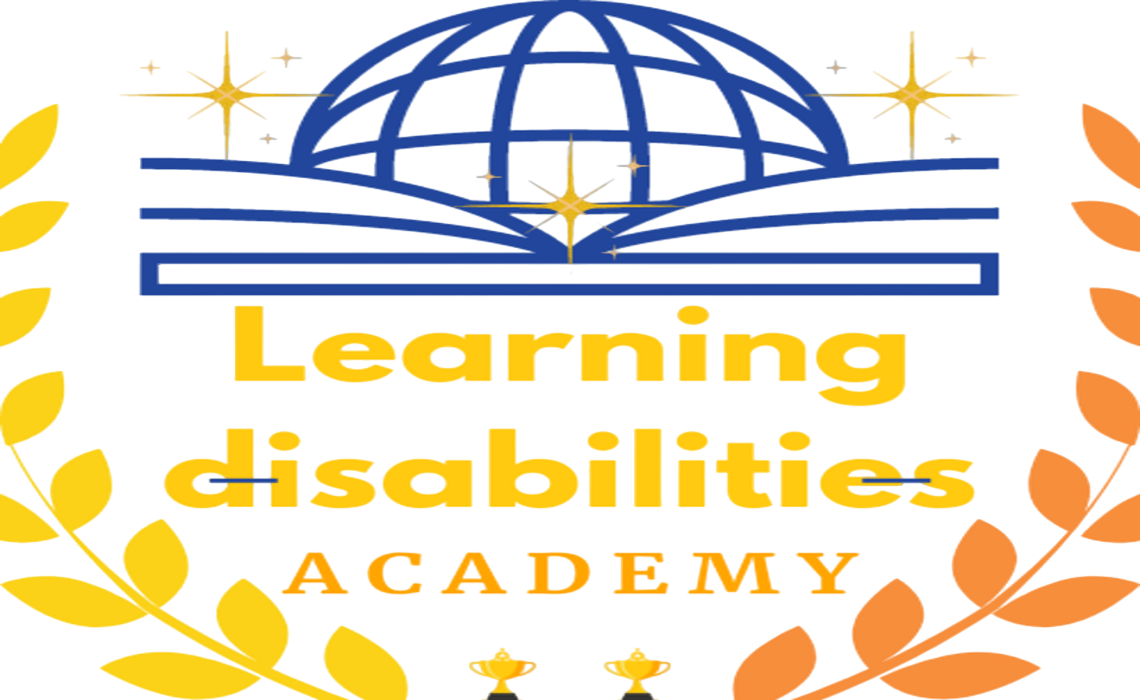Autism and ADHD are two commonly misunderstood neurological disorders that affect children and adults worldwide. While they share some similarities, such as difficulties with social interactions and behavioral challenges, they also have distinct differences in their symptoms, causes, and treatment approaches.
Autism, referred to as Autism Spectrum Disorder (ASD), is a developmental condition impacting communication, social interaction, and behavior.
Individuals with autism may have difficulty understanding social cues, have repetitive behaviors or obsessive interests, and struggle with verbal and nonverbal communication. Autism is believed to have a strong genetic component, although environmental factors may also play a role in its development.
In contrast, ADHD is a neurodevelopmental disorder marked by enduring patterns of inattention, impulsivity, and hyperactivity.
Children with ADHD may have trouble focusing on tasks, controlling their impulses, and sitting still for extended periods of time. While the exact cause of ADHD is not yet fully understood, research suggests that genetics, brain chemistry, and environmental factors may all contribute to its development.
Despite their differences, autism and ADHD are often comorbid, meaning that individuals may have both disorders simultaneously. This can present unique challenges for diagnosis and treatment, as symptoms of one disorder may overlap with those of the other.
It is important for healthcare providers to conduct thorough evaluations and assessments to accurately diagnose and treat individuals with autism and ADHD. When it comes to treatment, a multidisciplinary approach is often recommended for individuals with autism and ADHD. This may include a combination of behavioral therapy, medication management, educational interventions, and support services.
Therapeutic approaches like Applied Behavior Analysis (ABA) in behavioral therapy aid individuals with autism in acquiring new skills and enhancing their social interactions.
Medications, such as stimulants or non-stimulants, may be prescribed to help manage symptoms of ADHD. In addition to traditional treatments, alternative therapies such as dietary modifications, sensory integration therapy, and mindfulness practices have also shown promise in helping individuals with autism and ADHD.
It is important for caregivers and healthcare providers to work together to develop a comprehensive treatment plan that addresses the unique needs of each individual.
Despite the challenges that autism and ADHD may present, it is important to remember that individuals with these disorders have unique strengths and abilities. Many individuals with autism and ADHD are highly intelligent, creative, and talented individuals who can thrive with the right support and resources. By focusing on their strengths and providing them with the necessary tools to succeed, we can help individuals with autism and ADHD reach their full potential.
conclusion
autism and ADHD are complex neurological disorders that require a personalized and comprehensive approach to treatment. By raising awareness, promoting acceptance, and providing support to individuals with these disorders, we can create a more inclusive and understanding society. With the right resources and interventions, individuals with autism and ADHD can lead fulfilling and successful lives. Let us continue to advocate for their rights and support their journey towards independence and self-empowerment.


Post a Comment